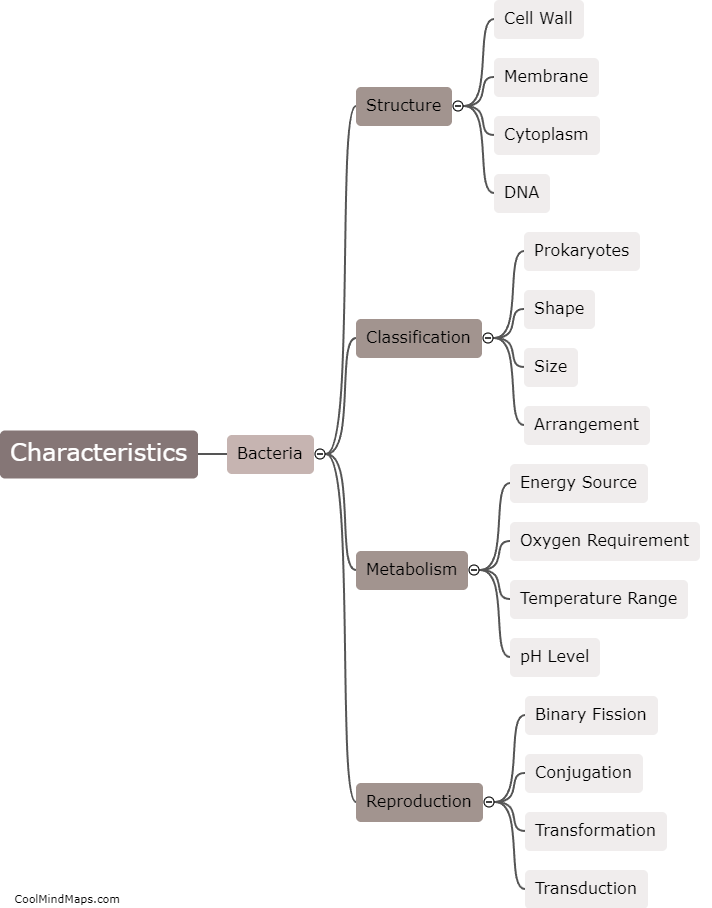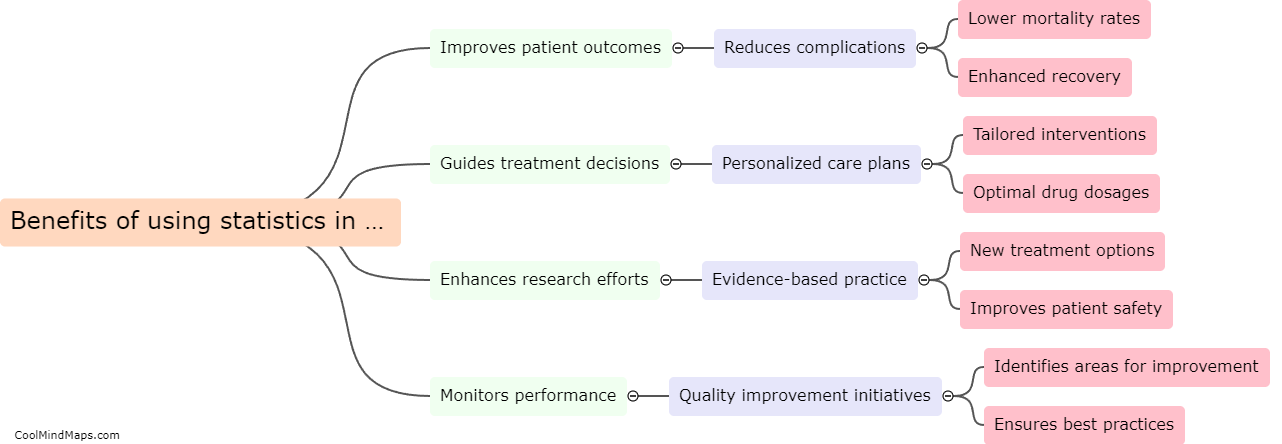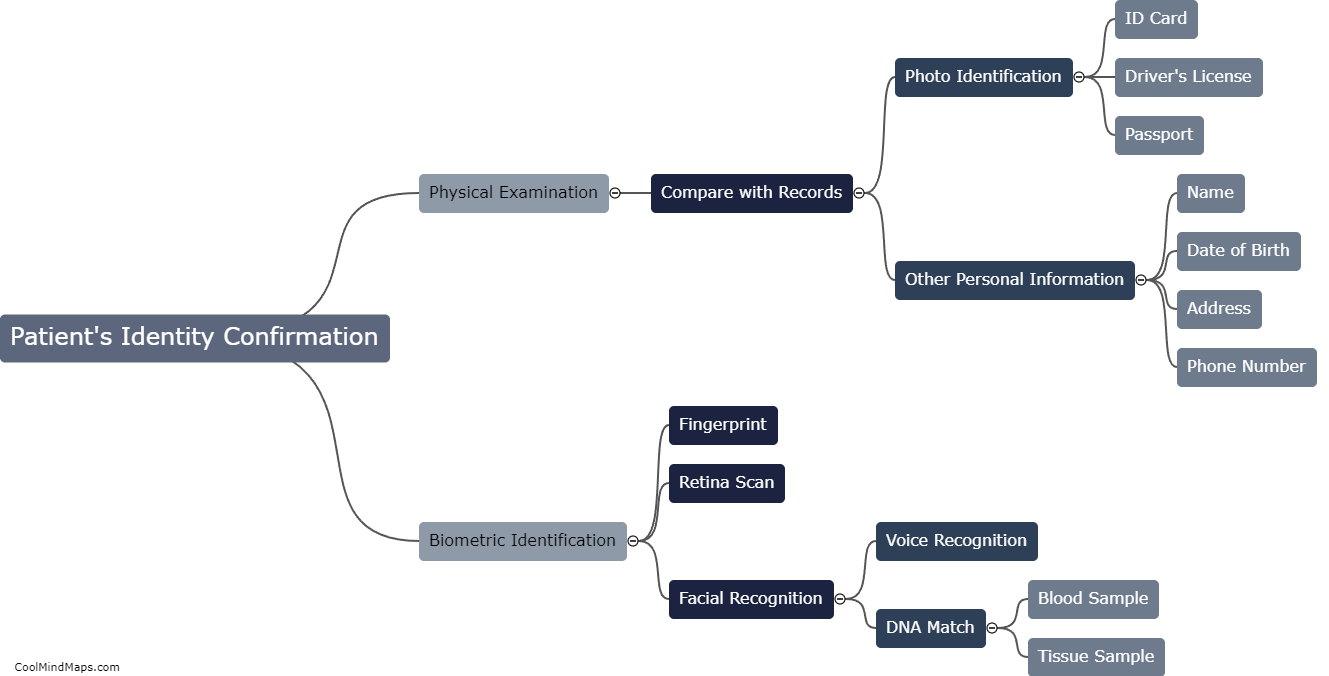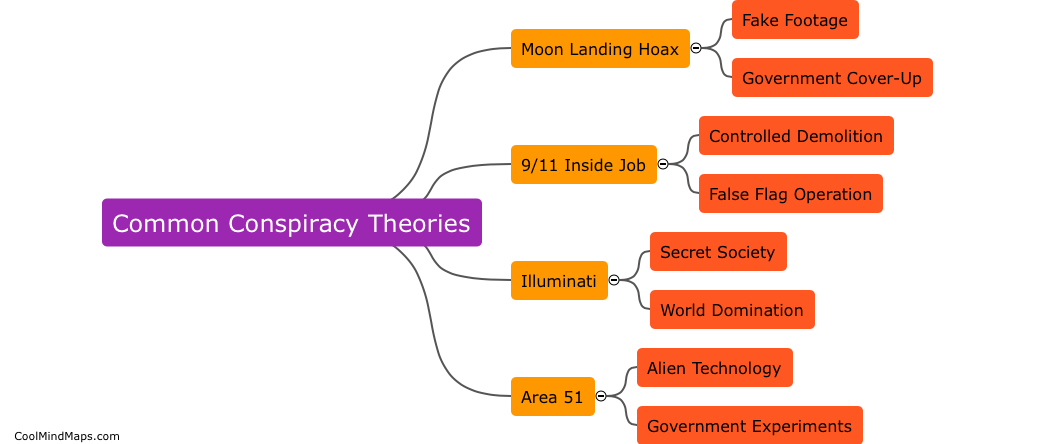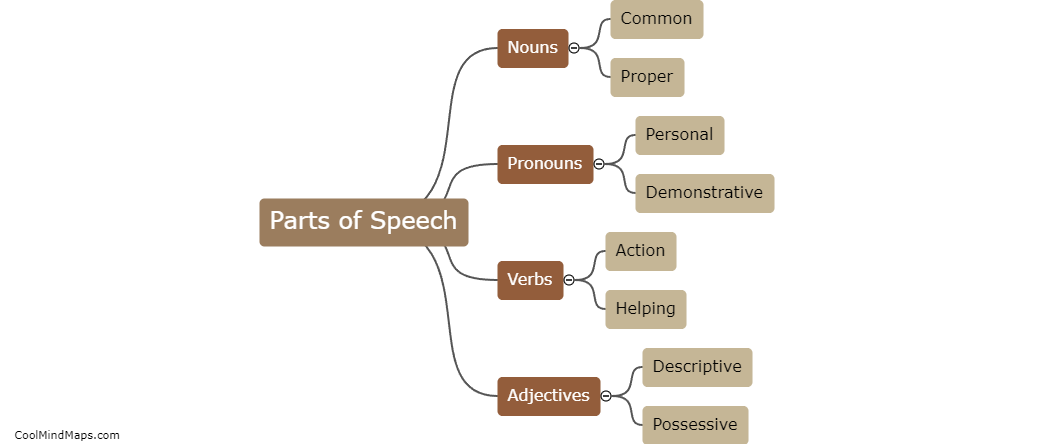What are common statistics used in anesthesia techniques?
Common statistics used in anesthesia techniques include mean arterial pressure (MAP), heart rate, blood pressure, respiratory rate, oxygen saturation, and end-tidal carbon dioxide (ETCO2) levels. These statistics are monitored closely during anesthesia to ensure the patient's safety and to make adjustments to the anesthesia plan as needed. Additionally, statistics such as tidal volume and peak inspiratory pressure may be monitored during mechanical ventilation to ensure proper ventilation and oxygenation of the patient. Monitoring and interpreting these statistics are crucial for the successful administration of anesthesia and the overall wellbeing of the patient.

This mind map was published on 21 July 2024 and has been viewed 52 times.


